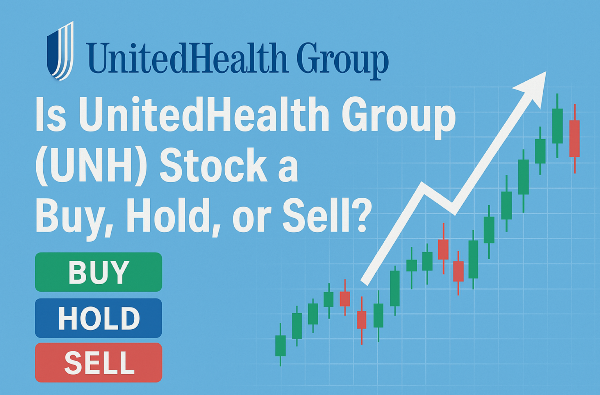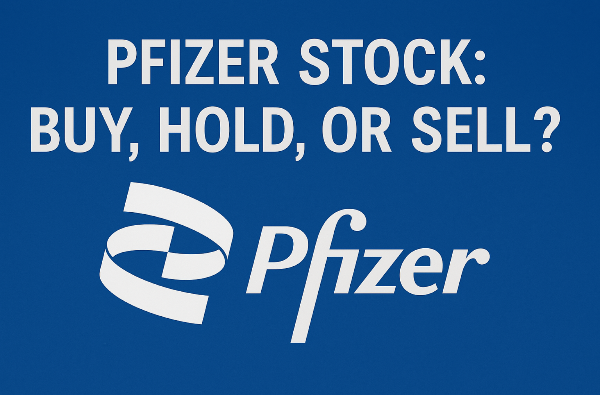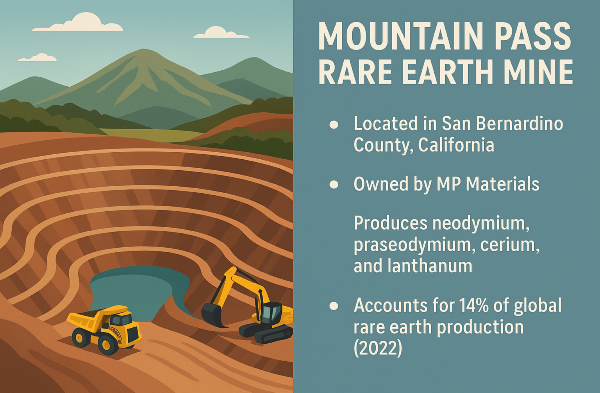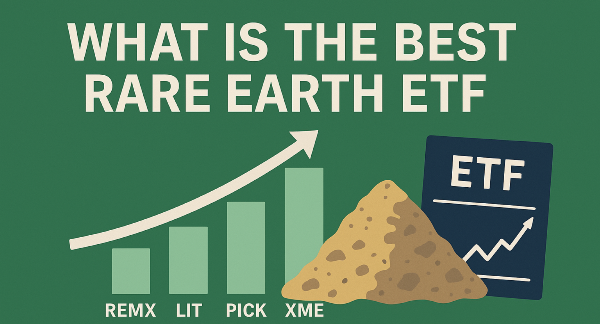Introduction
Welcome back, investors! JP Dividends here with another analysis—this time diving into BlackRock (BLK) to determine whether it’s a buy, hold, or sell. We’ll break down their business model, financials, dividend strength, and valuation to get a clear picture of the stock’s intrinsic value.
Let’s jump right in.
What Does BlackRock Do?
At its core, BlackRock is an investment management firm that primarily generates revenue through investment advisory fees, admin fees, and securities lending. This is the backbone of their business model, accounting for the bulk of their earnings.
From their 2021 annual report, BlackRock’s revenue breakdown looked like this:
- $15 billion from investment advisory services
- $1.5 billion in distribution fees
- $1.28 billion in technology services
- $1.1 billion in investment advisory performance fees
- $170 million from advisory and other revenue
While exact numbers have likely shifted, the core revenue streams remain consistent. This business model has made BlackRock one of the most dominant players in finance.
Financials: Revenue Growth, Profitability & Free Cash Flow
Revenue Trend
BlackRock has shown consistent revenue growth, moving from $11 billion a few years ago to $21 billion in the trailing 12 months. Although growth rates vary between 5–22% annually, they remain solid, typically falling within the 10–15% range.
Net Income Stability
Just like their revenue, BlackRock's net income has been steadily rising. Over the past few years, net income has climbed from $3.1 billion to $6.3 billion, maintaining a steady upward trajectory despite occasional fluctuations.
Free Cash Flow Volatility
Unlike revenue and net income, free cash flow experiences greater volatility. It moves through cyclical peaks and troughs, but the long-term trend remains upward. As of the end of 2024, free cash flow sits at $4.7 billion, up from $2 billion just a few years ago.
Financial Metrics: Profit Margins & Returns
BlackRock's financials continue to impress, showing a strong profit margin of 30%, which is notably high for a company outside the tech sector. This means that for every $1 in revenue, 30 cents translates into profit—a solid indicator of efficiency.
However, there are a couple of areas to watch:
- Return on Assets (ROA): At 3.67%, it's below the ideal 5% threshold, indicating underwhelming asset efficiency.
- Return on Equity (ROE): 13.9%, aligning well with the preferred range of 10–15%, suggesting strong shareholder value generation.
Additionally, a correction from earlier—BlackRock's total assets sit at $138 billion, not the trillions previously mentioned. Their market cap is approximately $150 billion, reinforcing its status as a financial giant.
Dividend Growth & Payout Ratios
BlackRock has built a strong dividend-paying reputation, with a current yield of 2.09%, a 45% payout ratio, and an impressive 15-year growth streak. But recent trends suggest a slowdown:
- 10-year dividend growth: 9.9%
- 5-year dividend growth: 8.68%
- 3-year dividend growth: 5.9%
The trajectory reveals a deceleration, as seen in the past two years—only 2.4% growth in 2023 and 2% in 2024. While BlackRock’s 48.79% cash flow payout ratio remains healthy, meaning its dividends are well-covered, the slowdown in growth raises questions about their dividend strategy moving forward.
Valuation: Is BlackRock Overpriced?
When comparing valuation estimates:
- Discounted Cash Flow (DCF) Model: $460 per share
- Simply Wall Street's estimate: $893 per share
- Current trading price: $981 per share
Averaging these two valuation models suggests a fair price of $676 per share, implying a 31% downside. The discrepancy in valuation largely stems from differing expectations for free cash flow growth—Simply Wall Street remains bullish, whereas the DCF model focuses on historical data trends.
Final Verdict: Buy, Hold, or Sell?
BlackRock demonstrates solid financials, strong dividend history, and long-term stability. However, at the current valuation, the stock may be trading at a premium. A prudent approach would be dollar-cost averaging instead of a lump sum investment.
While BlackRock’s performance has been consistent, it doesn’t necessarily offer standout growth or an extraordinary dividend rate. It remains a great long-term hold, but the premium valuation suggests investors should be strategic in their entry point.
What’s Next?
What’s your take on BlackRock? Comment below with your thoughts or let me know which dividend stocks you'd like analyzed next! Drop a like and subscribe for more insights.
More Stocks Like BLK
| Company Name |
Symbol |
Description |
| Bank of New York Mellon |
BK |
A global investment company providing asset management and custody services. |
| Ameriprise Financial |
AMP |
A diversified financial services firm offering wealth management, asset management, and insurance. |
| State Street Corporation |
STT |
A financial services company specializing in investment management and custody banking. |
| T. Rowe Price Group |
TROW |
An asset management firm known for its mutual funds and retirement planning services. |
| Invesco Ltd. |
IVZ |
A global investment management firm offering ETFs, mutual funds, and institutional investment solutions. |
https://youtu.be/PjLkpA-bLow?si=wQlw0ZEZfkb_iJqr




























Introduction
Welcome back, investors! JP Dividends here with another analysis—this time diving into BlackRock (BLK) to determine whether it’s a buy, hold, or sell. We’ll break down their business model, financials, dividend strength, and valuation to get a clear picture of the stock’s intrinsic value.
Let’s jump right in.
What Does BlackRock Do?
At its core, BlackRock is an investment management firm that primarily generates revenue through investment advisory fees, admin fees, and securities lending. This is the backbone of their business model, accounting for the bulk of their earnings.
From their 2021 annual report, BlackRock’s revenue breakdown looked like this:
While exact numbers have likely shifted, the core revenue streams remain consistent. This business model has made BlackRock one of the most dominant players in finance.
Financials: Revenue Growth, Profitability & Free Cash Flow
Revenue Trend
BlackRock has shown consistent revenue growth, moving from $11 billion a few years ago to $21 billion in the trailing 12 months. Although growth rates vary between 5–22% annually, they remain solid, typically falling within the 10–15% range.
Net Income Stability
Just like their revenue, BlackRock's net income has been steadily rising. Over the past few years, net income has climbed from $3.1 billion to $6.3 billion, maintaining a steady upward trajectory despite occasional fluctuations.
Free Cash Flow Volatility
Unlike revenue and net income, free cash flow experiences greater volatility. It moves through cyclical peaks and troughs, but the long-term trend remains upward. As of the end of 2024, free cash flow sits at $4.7 billion, up from $2 billion just a few years ago.
Financial Metrics: Profit Margins & Returns
BlackRock's financials continue to impress, showing a strong profit margin of 30%, which is notably high for a company outside the tech sector. This means that for every $1 in revenue, 30 cents translates into profit—a solid indicator of efficiency.
However, there are a couple of areas to watch:
Additionally, a correction from earlier—BlackRock's total assets sit at $138 billion, not the trillions previously mentioned. Their market cap is approximately $150 billion, reinforcing its status as a financial giant.
Dividend Growth & Payout Ratios
BlackRock has built a strong dividend-paying reputation, with a current yield of 2.09%, a 45% payout ratio, and an impressive 15-year growth streak. But recent trends suggest a slowdown:
The trajectory reveals a deceleration, as seen in the past two years—only 2.4% growth in 2023 and 2% in 2024. While BlackRock’s 48.79% cash flow payout ratio remains healthy, meaning its dividends are well-covered, the slowdown in growth raises questions about their dividend strategy moving forward.
Valuation: Is BlackRock Overpriced?
When comparing valuation estimates:
Averaging these two valuation models suggests a fair price of $676 per share, implying a 31% downside. The discrepancy in valuation largely stems from differing expectations for free cash flow growth—Simply Wall Street remains bullish, whereas the DCF model focuses on historical data trends.
Final Verdict: Buy, Hold, or Sell?
BlackRock demonstrates solid financials, strong dividend history, and long-term stability. However, at the current valuation, the stock may be trading at a premium. A prudent approach would be dollar-cost averaging instead of a lump sum investment.
While BlackRock’s performance has been consistent, it doesn’t necessarily offer standout growth or an extraordinary dividend rate. It remains a great long-term hold, but the premium valuation suggests investors should be strategic in their entry point.
What’s Next?
What’s your take on BlackRock? Comment below with your thoughts or let me know which dividend stocks you'd like analyzed next! Drop a like and subscribe for more insights.
More Stocks Like BLK
https://youtu.be/PjLkpA-bLow?si=wQlw0ZEZfkb_iJqr